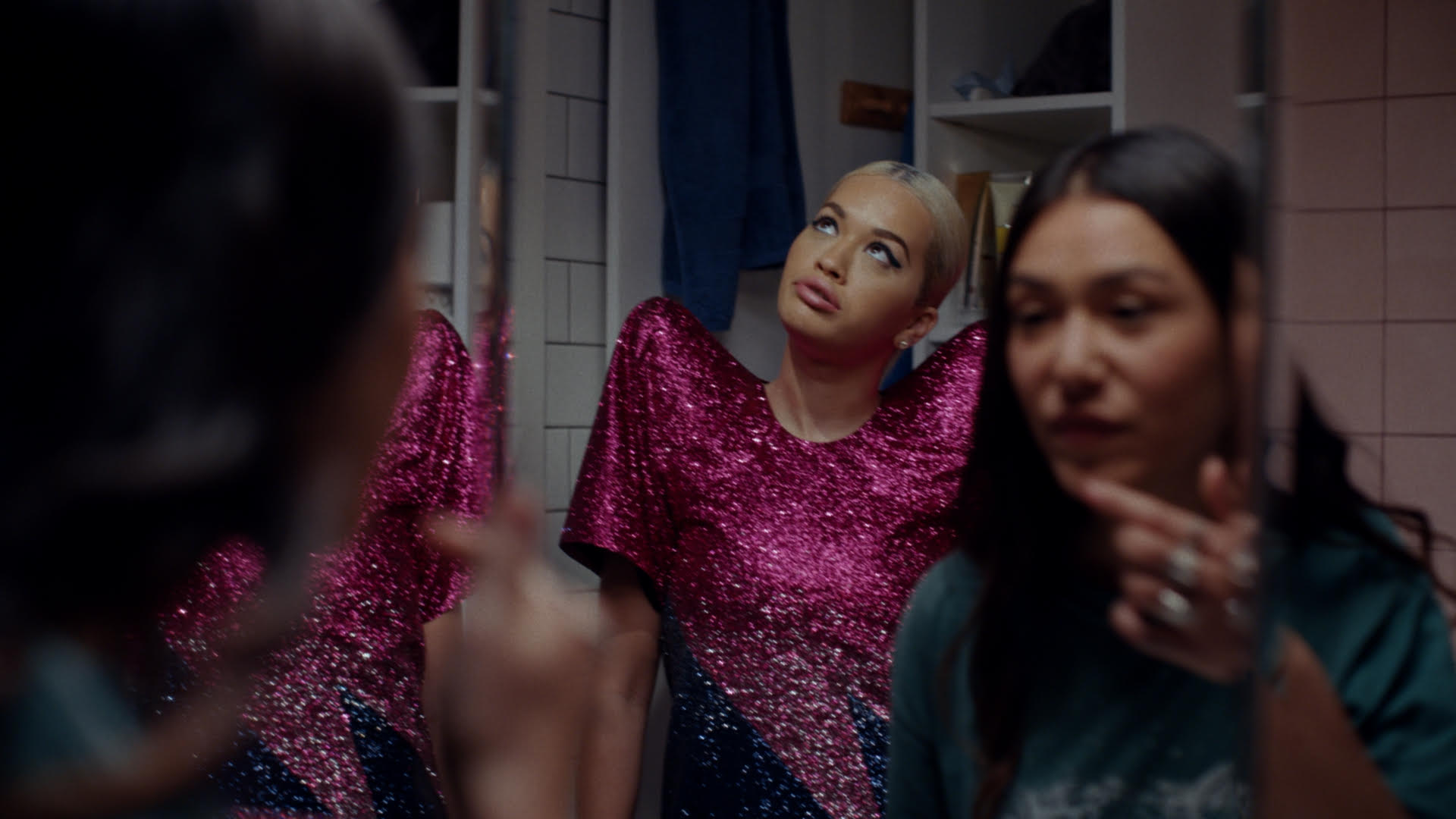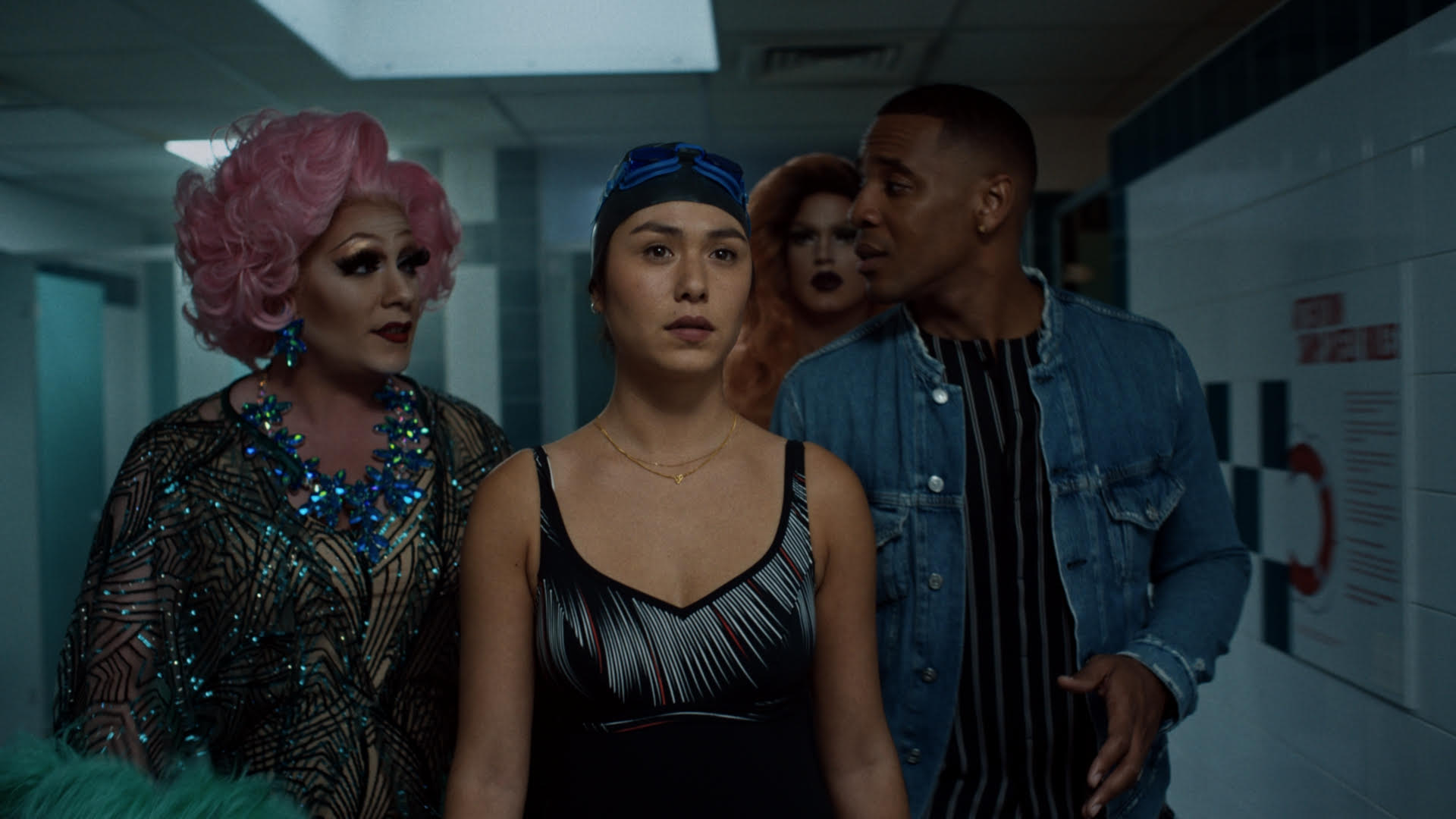Starring Jared Leto, Idris Elba, Rita Ora and Kylie Minogue, the BBC has released a new advert to mark the launch of its free audio and podcast streaming app, BBC Sounds.
“The idea was to showcase the variety of custom audio experiences the app can offer, by having famous personalities appear around a listener in many different situations,” explains sound designer at 750mph, Sam Ashwell.
Using Fairlight for full audio post, it was Ashwell’s job to ensure that the story flowed together seamlessly on an aural level, whilst Time Based Arts colourist, Simone Grattarola, handled the visuals behind the campaign, delivering the final grade in DaVinci Resolve.
“All the dialogue was captured during filming, so the main part of the job was to make sure the audio knitted together as cleanly as possible,” Ashwell says.
After loading the audio tracks into the Fairlight suite, Ashwell’s first step was to clean it all up with EQ and clip gain, taking care to chop out unwanted noise.
“Using the audio base set in Fairlight I pulled in atmospheres and sound FX such as adding in the sound of kids in the background of the scene at a swimming pool, or the hum of a train station,” he says.
“We then made a Foley pass for the footsteps of a footballer running through a supermarket and the running of the lead character. We took great care to ensure her journey was continuous and flowed throughout the film. The opening track [Rita Ora’s Your Song], for instance, is a bit of a rug pull in that she stops singing abruptly but the scene’s dialogue carries on. We added subtle reverb to help smooth that transition.”
When it came to the grade, Grattarola explains that the Time Based Arts team created visual consistency by ensuring there were only very small changes between the different settings the main character travels through.
“The aim was to make sure the piece felt continuous,” says Grattarola, explaining the sequence demanding most work was the transition between the lead character running from outside the café along a street and passing what seems like a giant fish tank.
“The first part was shot in mid-afternoon and the fish tank at night so we applied sky replacement, killed some shadows thrown by the sun and added shapes to make the light appear gradually darker over four-five shots,” Grattarola explains. “These little changes help to link it together.”
The BBC required up to 15 iterations of the film for distribution on various BBC channels, social media and partner platforms. An Atmos mix for delivery to cinema was mixed on Fairlight, and during the final grading session Grattarola sent a QuickTime to everyone’s laptops and phones to ensure the result was screen agnostic.











